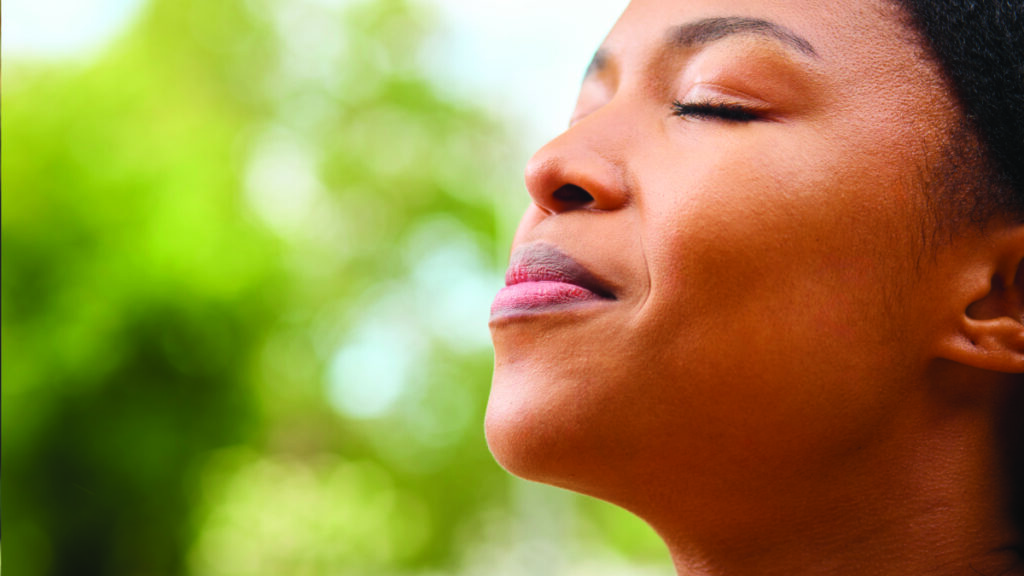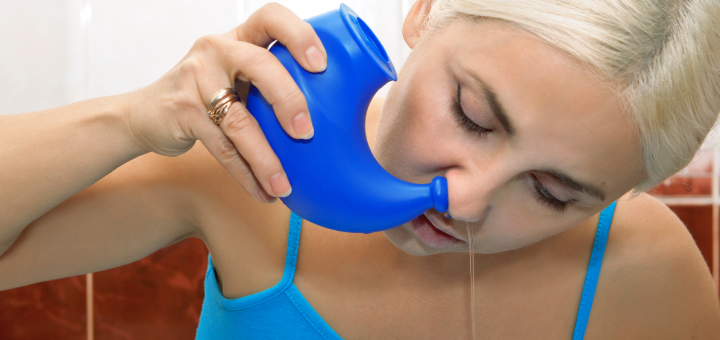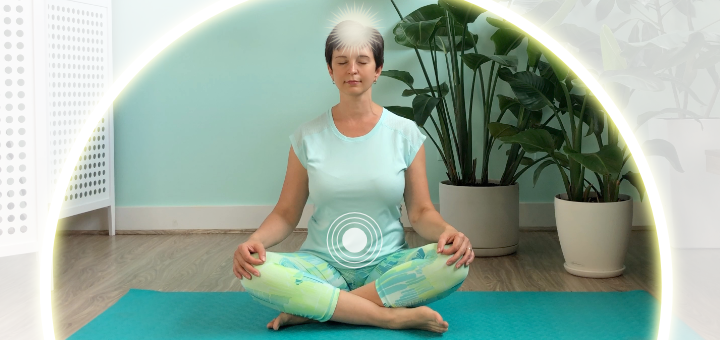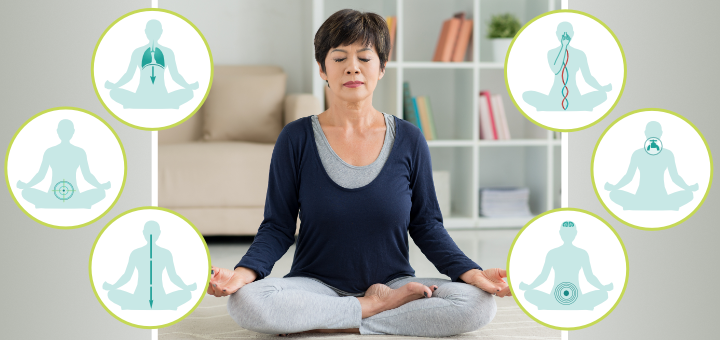Fundamentals of working with breath

If you want to learn to play Mozart on a piano, you need to learn the musical notes first. The same applies to your breath. Before you can begin experimenting with advanced breathing techniques, you have to become familiar with your breath and learn to regulate it on the most basic level. Today, let’s take a look at the fundamental principles that underlie all other breath work.
Here are the steps you can take when you begin to work with breath in your own yoga practice and with your students.
1. Become intimately familiar with your breath
Focus on observing your breath before you try to change anything. Observe your breath both in your daily life and in your yoga practice.
- Notice which part of the breath is easier–the inhalation or the exhalation? How long is each part of your breath?
- Notice which parts of your body move when you breathe–your chest, shoulders, back, belly?
- Notice how your breath changes during the day and whether or not it reflects your emotional state. If it does, in what way? How do you breathe when you are stressed? How do you breathe when you are relaxed?
- Do you breathe through your nose or your mouth during the day, when exercising, at night? If you breathe through your mouth, is there a reason for it, or is it just a habit?
- Experiment with taking 1-minute breathing breaks throughout the day. Notice how it feels.
- In your yoga practice, emphasize breath awareness both during movement and while checking in before and after the practice.
2. Connect your breath and movement
In yoga, we talk about breath all the time but often end up overriding it with movement. Make sure that every movement you do is guided by your breath. When you move through your yoga practice, first begin to breathe, then use the breath to animate the spine, then ripple the movement out into the body’s periphery. It might be helpful to experiment with envelope breathing to practice intentionally “folding” your movement into your breath.
3. Increase your breathing capacity
Practice deepening your inhalation and lengthening your exhalation. This helps to improve the tonicity of your diaphragm, maintain your lung elasticity and lung compliance, maintain ribcage mobility and strength of the respiratory muscles that decline with age. Be sure to breathe deeply when you hold yoga poses. This helps to promote better blood/oxygen exchange as you change your body’s position in relation to the ground during the yoga practice.
4. Maintain steady breathing rhythm
Breathe at the rate of about 6-second inhalation and 6-second exhalation to synchronize your cardiovascular and respiratory rhythms (whenever you breathe consciously). Try to maintain that rhythm during exercise and your yoga practice. Use counting or mantra repetition to measure the length of your breath during your yoga practice. Work toward making your breath long and subtle.
5. Learn to rest in the pause after exhale
Lengthen your exhalation, be sure to finish it, and then let go of effort and rest at the end of exhalation until the first urge to inhale. Practicing prolonged exhalation with suspension of breath can be an effective tool to increase the resilience of your system and to calm your mind.
6. Hum in the course of your day and during your yoga practice
Humming has been shown to increase nitric oxide production in the nose, alleviate chronic inflammation and sinus infection, and lead to parasympathetic (“rest-and-digest”) predominance, which manifests as a reduction in heart rate and blood pressure, improvement in cognition, and reduction in stress levels.
These are some simple fundamental things that most of us can do to improve our health and function and prepare us for more advanced breath work.

Breath regulation is the most obvious way to control our sympathetic (“fight-and-flight) and parasympathetic (“rest-and-digest”) balance, which directly impacts our stress response, sleep patterns, and energy levels. Breath awareness is the most obvious way to gain insight into what’s going on inside our bodies.










Thank you for this article. I have a question – what is the value of the envelope breath ? Thank yoy